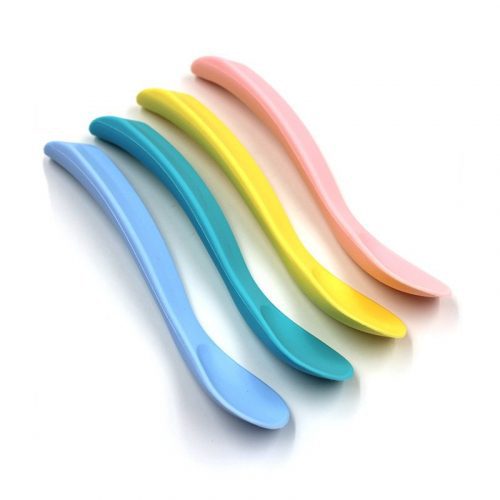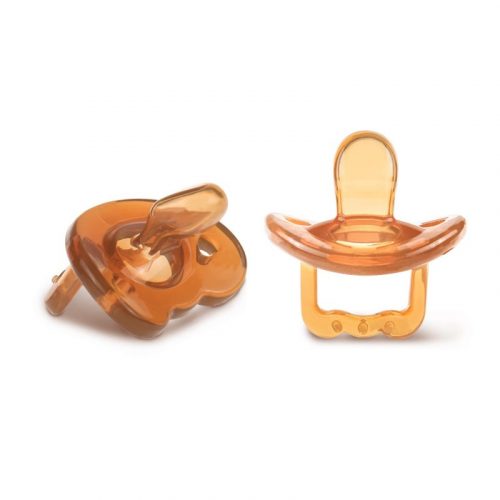Silicone Rubber OverMolding Manufacturer
Leading manufacturer of parts created by the silicone rubber overmolding molding is LGDSilicone Parts. We are the perfect partner for your upcoming project thanks to our cutting-edge production capabilities, exceptional quality, and twenty years of experience with silicone rubber parts.
What Is Silicone Over-Molding ?
Silicone Overmolding, also known as rubber overmolding, lsr overmolding, liquid silicone rubber overmolding. Silicone rubber can be overmolded onto a range of thermoplastics, metals, electronics, and other substrates using a method called silicone overmolding. To provide a pleasant sensation to the touch, operate as a seal, act as a protective cover, or absorb stress, we frequently overmold silicone rubber to plastic parts and metal inserts.
The Silicone Rubber Overmolding Process
Liquid silicone rubber (LSR) is used to coat, bind, or encapsulate a substrate or final component while it is being molded.
To create a multi-material component, LSR is injection molded onto a final part or substrate in this procedure. During the molding process, the thermoplastic component or metal substrate is put within the LSR injection mold to create the dual material component.
1.Injection Molding
Molten material is injected into a mold cavity during the process of injection molding. After cooling, the substance is released from the mold. A silicone elastomer is injected into a mold that has the desired shape for the completed product when silicone overmolding is used.
2.Overmolding
Applying the second layer of material on top of the first is known as overmolding. This second layer in silicone overmolding is also comprised of silicone silicone. Throughout the curing procedure, the two layers are joined together.
3.Curing
Through chemical reactions or heat treatment, a substance is “cured,” or hardened or set. When the two layers of silicone overmolding are exposed to high temperatures, typically between 150 and 200 degrees Celsius, curing takes place.
When is LSR Overmolding Best?
For healthcare and baby care applications, silicone over-molding enables final components to be both hard and flexible. It can also provide ergonomic, sealing, and acoustic qualities for life science, consumer electronics, and other items needing this particular performance combination.
If the second substrate is an aluminum or stainless steel mass, housing, or instrument and molding is not a possibility, LSR overmolding is preferable over the 2k molding procedure.
Benefits of Lgdsilicone’s Silicone Over-Molding
Liquid silicone overmolded parts and components have the advantage of allowing the use of a non-plastic substrate, such as steel, in the production process. It is significant to note that overmolding is the sole method available for integrating materials into the injection molding process other than other thermoplastics and LSRs.
- Multiple Substrate Materials Available
- Short Product Development Lead Time
- Reduced secondary operations
- Make Good Use of Material Properties
- Cleanroom Production Available
- Improved part strength and structure.
Overmolding VS Two-shot Molding
Two substrates are combined during the molding process to create a single multi-substrate component using the overmolding and 2-shot procedures, respectively.
In LSR overmolding, a plastic or metal part is molded over an LSR substrate to create a multi-substrate component that offers a variety of substrate combinations.
Both materials are molded in a two-shot process using the same machine and technique, with cavity to cavity alignment for superior bonding and secure, accurate placement.
Industries and Applications
LDGSilicone supplies a wide range of custom Silicone Rubber molding parts. These parts can be found in products used in a wide array of industries, including automotive, Aerospace,Cookware, life sciences (such as medical/healthcare /baby care products), and Toy and special applications.
Custom Silicone Over-Molding FAQs
How is silicone overmolding made?
Multi-shot molding or insert molding can be used to produce silicone overmolding. When using double-shot molding, the substrate is the first material shot and the overmold is the second. Two distinct resins are injected into the same injection molding tool using a press with several barrels. One machine is used during the whole process, however double-shot molding is more appropriate for higher numbers due to the costlier molds and equipment.
What are the benefits of liquid silicone overmolded parts?
The ability to employ a non-plastic substrate, such as steel, during the production process is one advantage of liquid silicone overmolded parts and components. It’s vital to remember that overmolding is the sole technique to add materials to the injection molding process other than other thermoplastics and LSRs.
How to overmold TPES to rigid substrates?
Preparing the substrate surface with chemical primers or plasma or UV treatment has been one approach to the adhesion challenge. While good long-term adhesion can be an issue in overmolding TPEs onto rigid thermoplastic substrates, the challenge is even greater with LSR on thermoplastics.
LSR Overmolding Parts Standards: What Are They?
LSR overmolded components satisfies all NP, EN71, ROHS, REACH, and PAHS environmental testing criteria for environmental protection.
Silicone Rubber Molding Other Production Capabilities
LGDSilicone offers several options for Silicone Rubber Molding Production Capabilities

Compression Molding
Silicone Rubber Compressing Molding is the process of Compression Molding with Silicone Rubber as the material.

LSR Injection Molding
LSR Injection Molding is the process of injecting Liquid Silicone Rubber into the molding machine to make the part.

Silicone Extrusion
Silicone extrusion is the process in which silicone is forced through a shaped die in to produce a continuous formed length

Silicone Calendering
Silicone calendering is a mechanical process used to manufacture uniform sheets made of silicone rubber